As summer 2024 rolls in, the heat in the plains can feel unbearable. But don’t worry—Uttarakhand is here to save the day! Nestled in the Himalayas, this stunning state is the perfect summer retreat. With its cool breeze, lush green valleys, sparkling rivers, and majestic peaks, Uttarakhand is a dream destination for nature lovers, adventure junkies, and spiritual seekers alike. In this blog, we’ll take you on a journey through Uttarakhand’s history, geography, and top tourist spots
Why Uttarakhand?
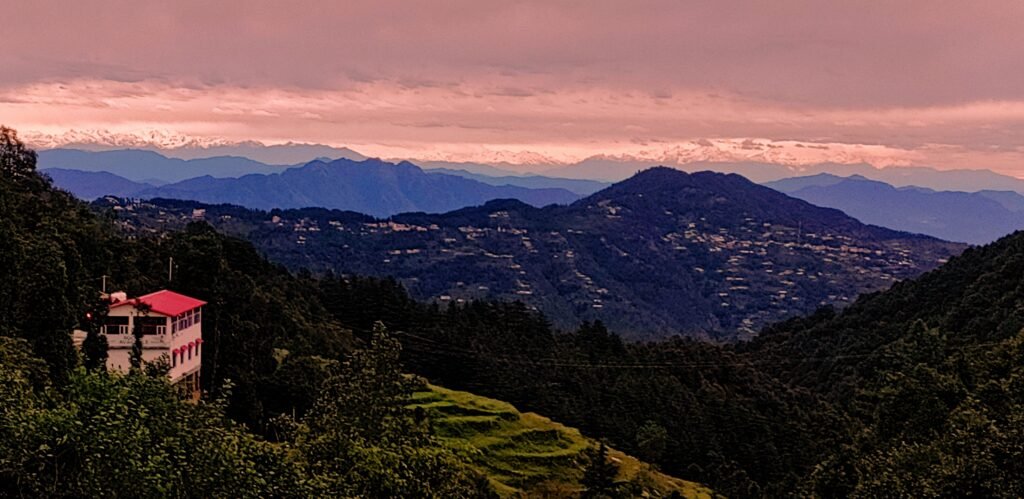
Imagine waking up to the sound of birds chirping, surrounded by snow-capped mountains and lush forests. That’s Uttarakhand for you! Whether you’re looking to relax by a serene lake, trek through breathtaking trails, or find peace in ancient temples, this state has it all. Plus, the weather in summer (March to June) is just perfect—cool, refreshing, and far from the scorching heat of the plains.
A Glimpse into Uttarakhand’s History
Uttarakhand, often called the “Land of the Gods,” has a history that’s as fascinating as its landscapes. Let’s take a quick trip back in time:
- Ancient Times: Uttarakhand finds mention in ancient Hindu scriptures like the Vedas and Puranas. It’s believed to be the abode of Lord Shiva and the birthplace of the sacred Ganges River. Sages and rishis meditated in its forests, making it a spiritual hub.
- Medieval Era: The region was ruled by the Katyuri and Chand dynasties, who built beautiful temples and forts. The Kumaon and Garhwal regions developed their own unique cultures.
- British Rule: The British fell in love with Uttarakhand’s beauty and developed hill stations like Mussoorie and Nainital as summer retreats. Their colonial architecture still adds charm to these towns.
- Modern Times: In 2000, Uttarakhand became India’s 27th state. Today, it’s known for its natural beauty, adventure sports, and spiritual significance.
Geography: Nature’s Playground
Uttarakhand is divided into two regions: Kumaon and Garhwal. The state’s geography is incredibly diverse, offering something for everyone:
- The Himalayas: Home to towering peaks like Nanda Devi, Trishul, and Kamet.
- Rivers: The Ganges and Yamuna originate here, making the region spiritually and ecologically important.
- Forests and Valleys: Dense forests, alpine meadows, and valleys like the Valley of Flowers add to the state’s charm.
- Climate: Summers are mild and pleasant, with temperatures ranging from 15°C to 30°C—perfect for exploring!
Top Summer Destinations in Uttarakhand
1. Nainital: The Lake District
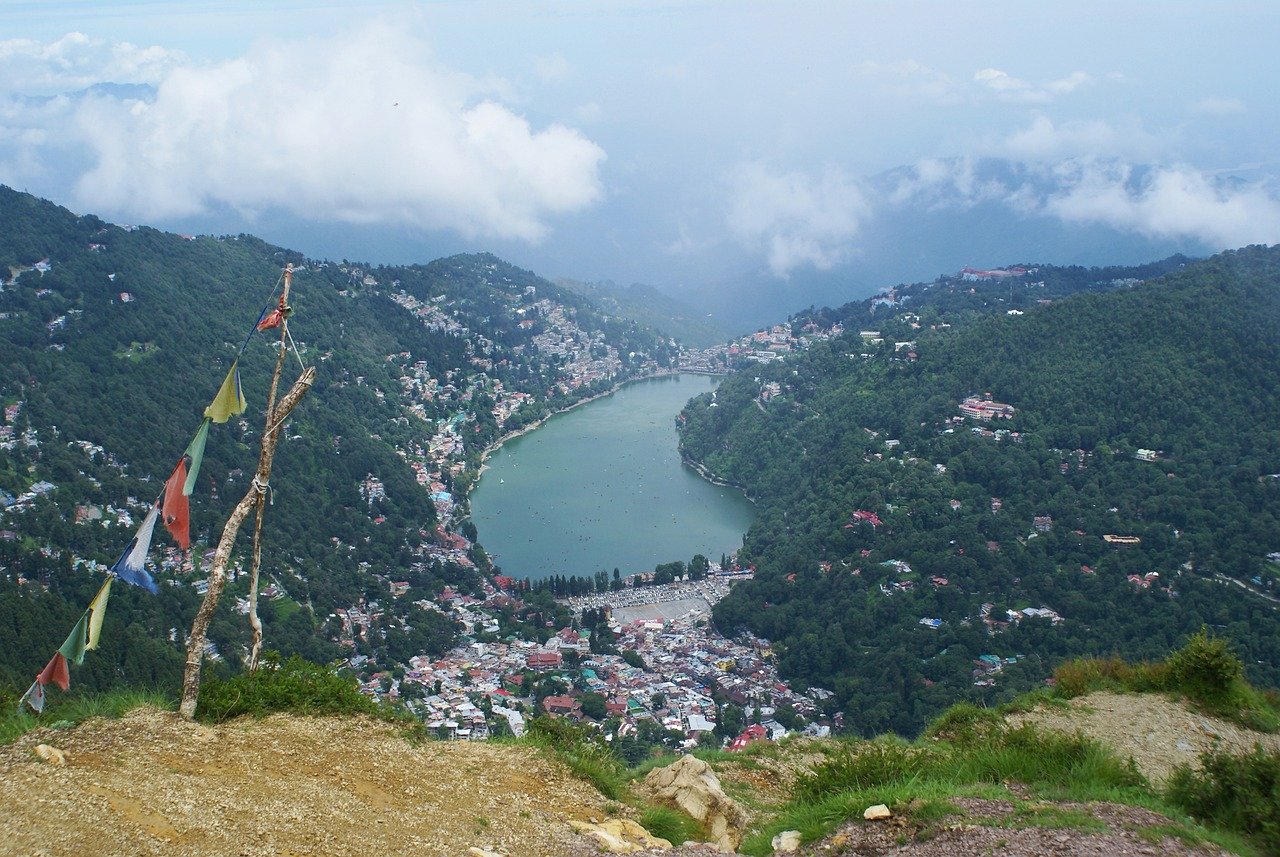
- History: Founded by the British in 1841, Nainital was developed as a summer retreat. The Naini Lake is believed to be one of the 64 Shakti Peeths.
- Geography: Situated at an altitude of 2,084 meters, it’s surrounded by mountains and lush forests.
- Must-Visit Spots:
- Naini Lake: Perfect for boating and soaking in the serene views.
- Snow View Point: Offers stunning views of the Himalayas.
- Naina Devi Temple: A sacred temple dedicated to Goddess Naina Devi.
- Eco Cave Gardens: A fun spot with caves and hanging gardens.
Mussoorie: The Queen of Hills
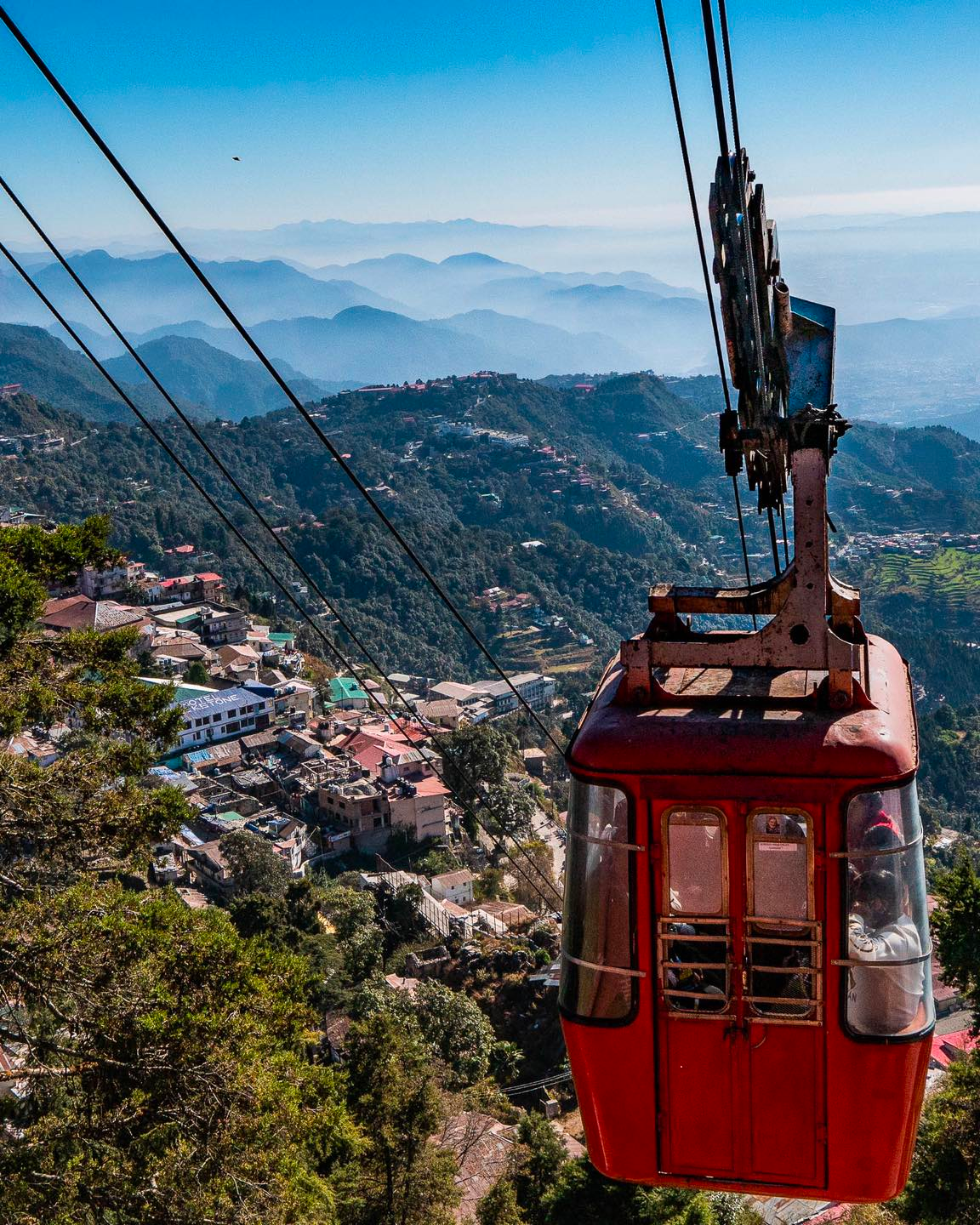
- History: Established by the British in 1823, Mussoorie was a favorite summer destination for colonial officials.
- Geography: Located at an altitude of 1,880 meters, it offers breathtaking views of the Doon Valley and Shivalik ranges.
- Must-Visit Spots:
- Kempty Falls: A majestic waterfall perfect for picnics.
- Lal Tibba: The highest point in Mussoorie with panoramic views.
- Camel’s Back Road: Ideal for leisurely walks and horse riding.
- Gun Hill: Take a cable car for stunning views of the Himalayas.
Rishikesh: The Yoga Capital

- History: Rishikesh has been a spiritual center for centuries. It gained global fame in the 1960s when The Beatles visited the Maharishi Mahesh Yogi’s ashram.
- Geography: Located at the foothills of the Himalayas, it’s traversed by the Ganges River.
- Must-Visit Spots:
- Laxman Jhula and Ram Jhula: Iconic suspension bridges over the Ganges.
- Triveni Ghat: A sacred bathing spot for pilgrims.
- Neelkanth Mahadev Temple: Dedicated to Lord Shiva, surrounded by lush forests.
- White-Water Rafting: A thrilling adventure on the Ganges.
Auli: The Skiing Paradise
- History: Auli was developed as a skiing destination in the 1980s.
- Geography: Situated at an altitude of 2,500 to 3,050 meters, it offers stunning views of Nanda Devi and other peaks.
- Must-Visit Spots:
- Auli Ropeway: One of the longest cable cars in Asia, offering breathtaking views.
- Gurso Bugyal: A lush meadow perfect for trekking.
- Chenab Lake: A serene lake surrounded by snow-capped peaks.
Valley of Flowers: A Floral Wonderland

- History: Discovered by British mountaineer Frank Smythe in 1931, it was declared a UNESCO World Heritage Site in 1988.
- Geography: Located in the Chamoli district, it’s part of the Nanda Devi Biosphere Reserve.
- Must-Visit Spots:
- Blooming Flowers: Over 500 species of flowers bloom during summer.
- Hemkund Sahib: A sacred Sikh pilgrimage site nearby.
- Trekking: One of the most scenic treks in India.
Chopta: The Mini Switzerland

- History: Chopta has been a resting spot for pilgrims traveling to Tungnath and Kedarnath for centuries.
- Geography: Situated at an altitude of 2,680 meters, it offers panoramic views of the Himalayas.
- Must-Visit Spots:
- Tungnath Temple: The highest Shiva temple in the world.
- Chandrashila Peak: Offers a 360-degree view of the Himalayas.
- Camping: Enjoy camping under the stars in lush meadows.
Almora: The Cultural Hub
- History: Founded in 1568 by King Kalyan Chand, Almora is known for its rich cultural heritage.
- Geography: Located on a ridge at an altitude of 1,651 meters, it offers stunning views of the Himalayas.
- Must-Visit Spots:
- Nanda Devi Temple: A historic temple dedicated to Goddess Nanda Devi.
- Bright End Corner: Famous for its sunrise and sunset views.
- Kasar Devi Temple: A spiritual site visited by Swami Vivekananda.
Binsar: A Wildlife Enthusiast’s Paradise
- History: Binsar was the summer capital of the Chand kings.
- Geography: Located at an altitude of 2,420 meters, it’s surrounded by oak and rhododendron forests.
- Must-Visit Spots:
- Binsar Wildlife Sanctuary: Home to leopards, deer, and exotic birds.
- Binsar Zero Point: Offers panoramic views of the Himalayas.
- Ancient Temples: Explore temples like Bineshwar Mahadev.
Why Uttarakhand is Perfect for Summer 2025
- Pleasant Weather: Cool mountain breezes and mild temperatures.
- Diverse Experiences: Trekking, rafting, camping, and spiritual retreats.
- Rich Culture: Local traditions, festivals, and delicious cuisine.
- Eco-Tourism: A commitment to preserving nature’s beauty.
Travel Tips
- Best Time to Visit: March to June for pleasant weather and clear skies.
- How to Reach: Major entry points are Dehradun, Kathgodam, and Rishikesh, well-connected by rail, road, and air.
- What to Pack: Light woolens, comfortable trekking shoes, and sunscreen.
Conclusion
Uttarakhand isn’t just a place—it’s an experience that stays with you forever. Whether you’re chasing adventure, seeking peace, or just want to escape the heat, Uttarakhand has it all. So, pack your bags and get ready to explore this Himalayan paradise in summer 2025!


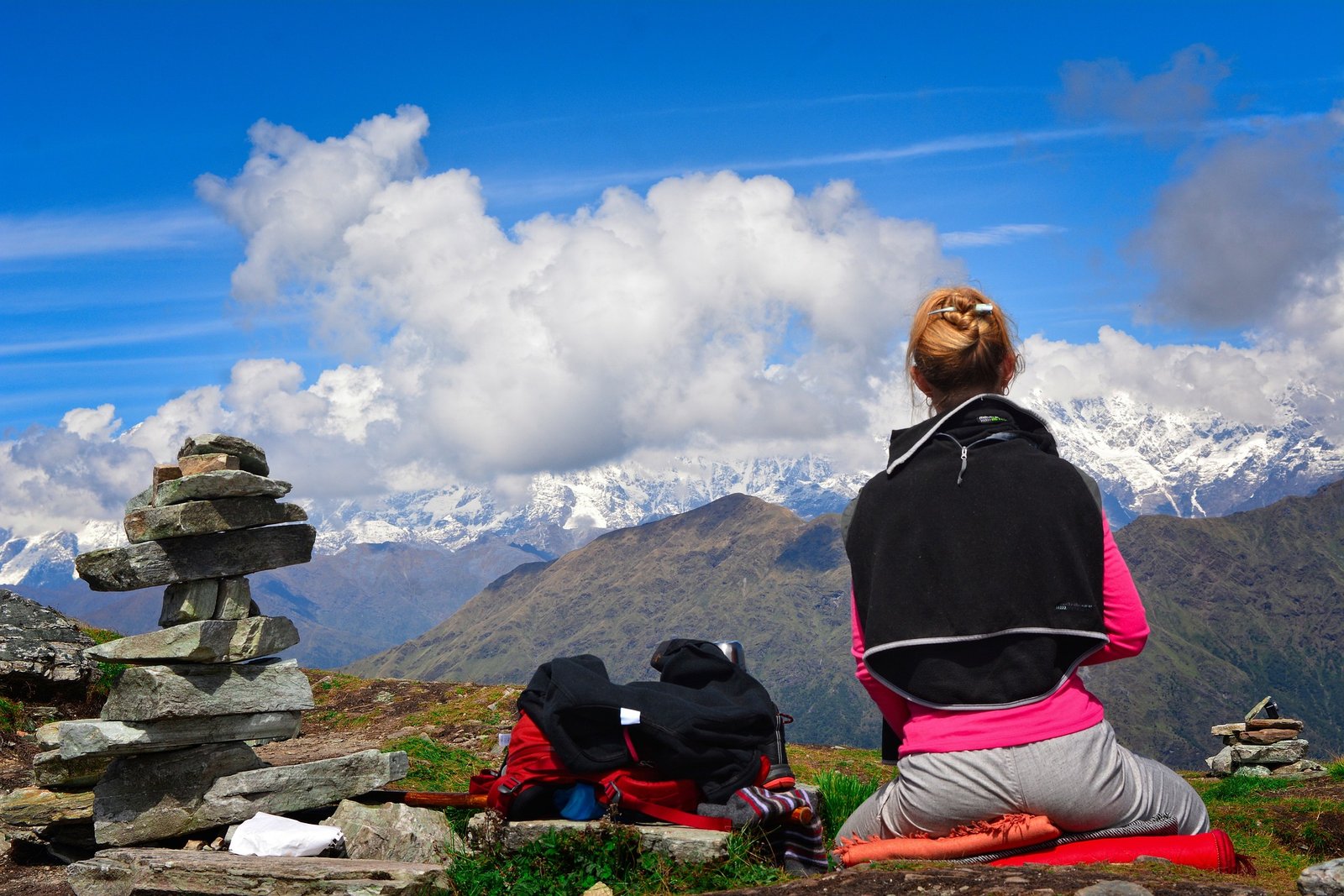
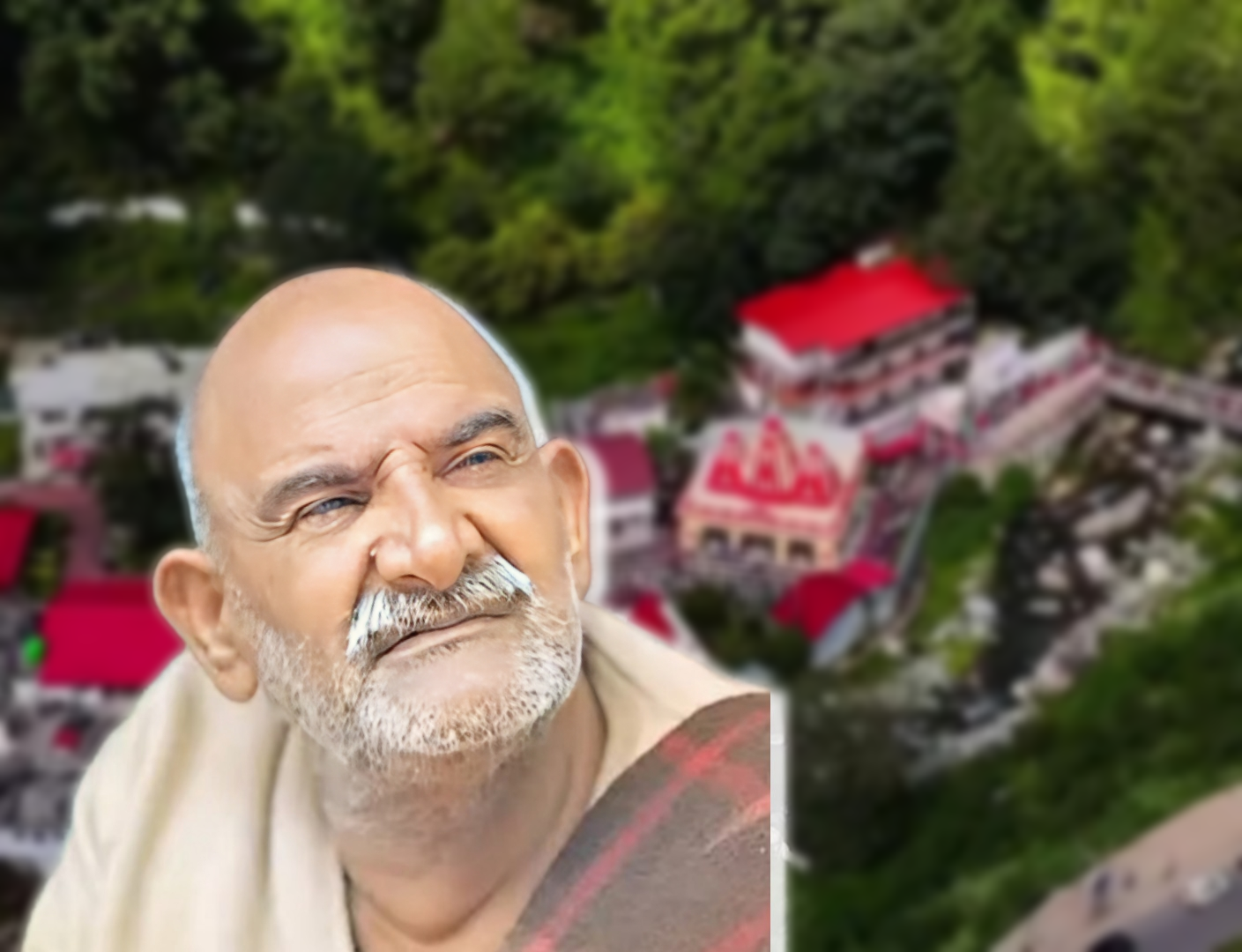


Leave a Reply to rawat singh Cancel reply